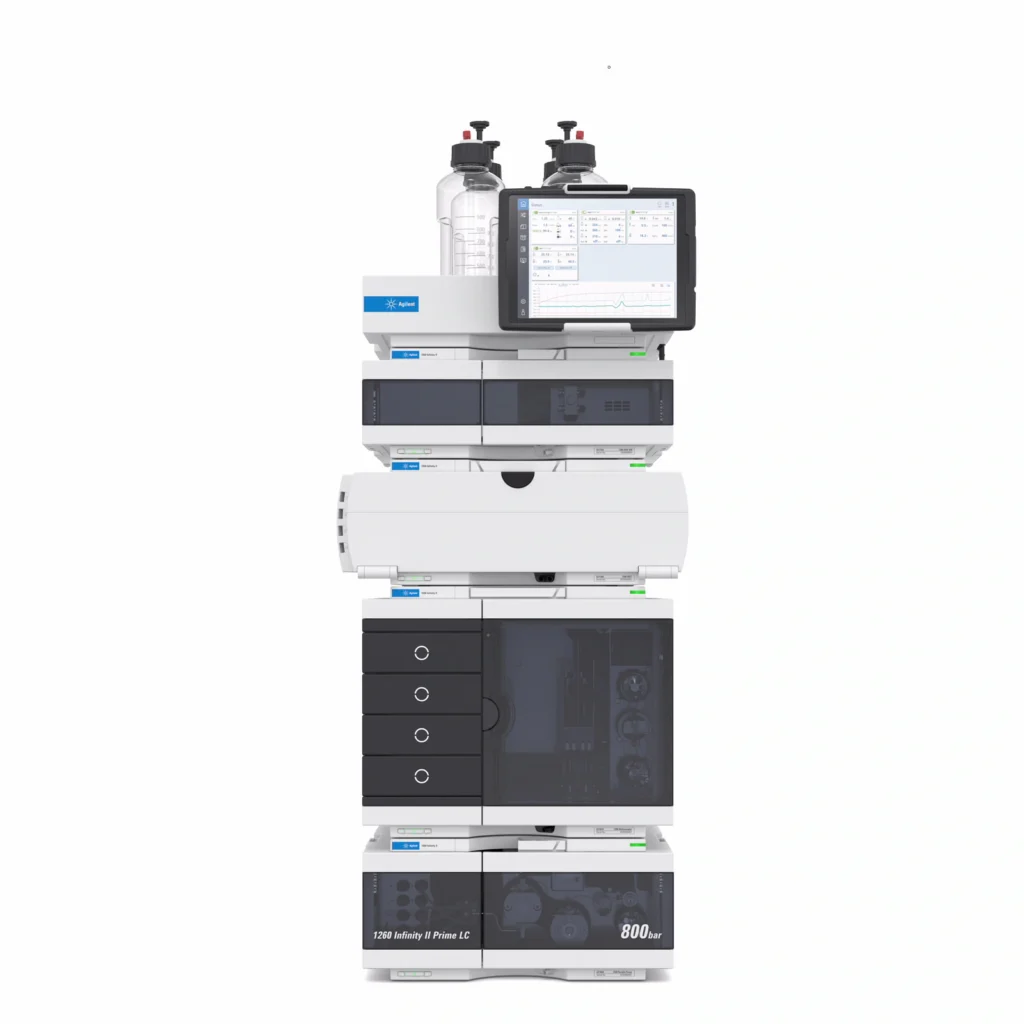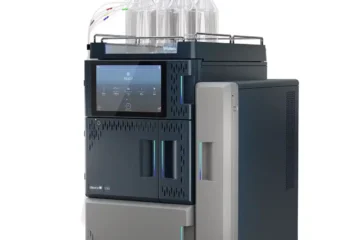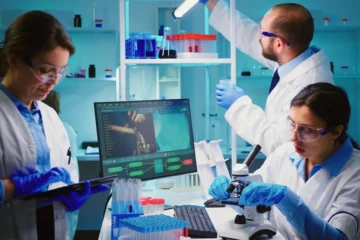High-Performance Liquid Chromatography (HPLC) is a crucial technique in analytical chemistry, enabling the separation, identification, and quantification of compounds in various samples. Developing an HPLC method from scratch can seem daunting, but with a structured approach, it becomes a manageable process. This article outlines the steps necessary to develop an effective HPLC method, providing HPLC professionals with the tools they need for success.
Step 1: Define the Objectives
Understand the Purpose
Before diving into the technical details, clearly define the objectives of your HPLC method. Consider the following:
- Type of Analysis: Is it qualitative or quantitative? Are you looking to identify compounds, determine concentrations, or both?
- Sample Type: What kind of samples will you be analyzing? Consider pharmaceuticals, environmental samples, food products, or biological fluids.
- Target Compounds: What are the properties of the compounds you wish to analyze? Understanding their polarity, molecular weight, and stability will influence your method development.
Regulatory Considerations
If the method is intended for regulatory submissions (e.g., pharmaceutical applications), ensure that it meets the relevant guidelines, such as those from the FDA or EMA. This includes considerations for validation, robustness, and reproducibility.
Step 2: Literature Review
Existing Methods
Conduct a thorough literature review to identify existing methods that might be relevant to your analysis. This can provide insights into:
- Column Selection: What types of columns have been used successfully for similar compounds?
- Mobile Phases: What solvent systems have been employed?
- Detection Methods: What detectors were used, and what wavelengths were optimal for detection?
Gathering this information can serve as a foundation for your method and help you avoid potential pitfalls.

Step 3: Select the HPLC System
Components of the HPLC System
Select an HPLC system that suits your needs, including:
- Pump: Choose a reliable pump that can deliver precise flow rates.
- Injector: Consider an auto-sampler for consistent sample injection.
- Column: The choice of column is critical; select one based on the properties of your target compounds and your method objectives.
- Detector: The choice of detector (UV, fluorescence, mass spectrometry, etc.) will depend on the characteristics of your analytes.
Column Selection
The column is a vital component in HPLC method development. When selecting a column, consider:
- Stationary Phase: Choose the appropriate stationary phase (e.g., C18 for reversed-phase or silica for normal-phase).
- Column Dimensions: The length, diameter, and particle size will impact separation efficiency and analysis time.
- Compatibility with Analytes: Ensure the column material is compatible with the nature of your compounds.
Step 4: Choose the Mobile Phase
Solvent Selection
The choice of mobile phase can significantly influence the separation of compounds. Here are some key considerations:
- Polarity: For reversed-phase chromatography, select a mobile phase that is more polar than the stationary phase (e.g., water and acetonitrile or methanol). For normal-phase chromatography, the mobile phase should be less polar (e.g., hexane and ethyl acetate).
- pH: Adjusting the pH of the mobile phase can affect the ionization of analytes, improving separation and retention.
- Additives: Consider using additives such as buffers or ion-pairing agents to enhance separation or improve peak shape.
Method Optimization
Start with a simple gradient elution (if using RP) or isocratic method (if using NP) to test the initial separation. Gradually adjust the solvent composition to optimize resolution and retention times.
Step 5: Optimize the Chromatographic Conditions
Flow Rate
The flow rate affects the time of analysis and the resolution of peaks. Common flow rates range from 0.5 to 2.0 mL/min. Test different flow rates to find the optimal balance between speed and resolution.
Temperature
Temperature can influence the viscosity of the mobile phase and the interactions between analytes and the stationary phase. Generally, maintaining a constant temperature can improve reproducibility. Consider performing initial tests at room temperature and adjusting as necessary.
Injection Volume
The injection volume should be optimized to prevent overloading the column, which can lead to peak broadening. Start with a small volume (e.g., 5-10 µL) and adjust based on the concentration of your analytes.
Step 6: Establish Detection Parameters
Detector Settings
Adjust the detector settings based on the nature of the analytes:
- Wavelength: For UV detectors, select the wavelength based on the absorbance characteristics of your compounds.
- Sensitivity: Set the detector sensitivity to capture the analyte signals without noise interference.
Calibration and Validation
If you aim to quantify your compounds, prepare calibration curves using standard solutions. Ensure that the calibration covers the expected concentration range of your samples.
Step 7: Method Validation
Performance Characteristics
Validate your method by evaluating the following parameters:
- Specificity: Ensure the method can differentiate the target compounds from other components in the sample.
- Linearity: Confirm that the response is linear over the desired concentration range.
- Precision: Assess the repeatability (intra-day) and reproducibility (inter-day) of the method.
- Accuracy: Compare the results to a known standard or reference material.
- Limit of Detection (LOD) and Limit of Quantitation (LOQ): Determine the smallest amount of analyte that can be reliably detected and quantified.
Robustness
Test the method’s robustness by introducing slight variations in conditions (e.g., temperature, pH, flow rate) to assess its reliability.
Step 8: Documentation
Create a Detailed Protocol
Document every aspect of the method development process, including:
- Materials and Equipment: List all reagents, solvents, and equipment used.
- Procedure: Provide a step-by-step guide for executing the method.
- Results: Record all validation results and any adjustments made during development.
Compliance and Quality Control
Ensure that your method adheres to the necessary compliance and quality control standards, especially if it will be used for regulatory purposes.
Developing an HPLC method from scratch is a systematic process that requires careful planning and execution. By defining your objectives, reviewing existing literature, selecting appropriate equipment, and optimizing chromatographic conditions, you can create a robust and effective HPLC method. Validation is critical to ensure reliability and reproducibility, especially in regulated environments.
For HPLC professionals, mastering method development is essential for contributing to advancements in analytical chemistry and improving the quality of research and product development. With diligence and attention to detail, you can successfully develop HPLC methods that meet the demands of a variety of applications, from pharmaceuticals to environmental analysis.




